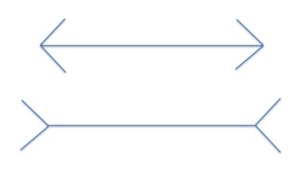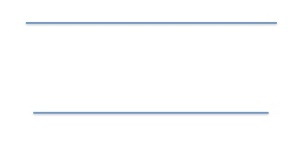There are those who do the work. And those who take the credit.
There are two kinds of people in the world. Those who do the work, and those who take the credit. Try to be in the first group. There is less competition there.
– Indira Ghandi
Lisa Fischer might be the greatest female vocalist working today you have never heard of. When she tours with Sting, her voice is so powerful, Sting will often nod to her during shows and let her open up and take a lead. She will improvise beautiful lengthy passages of melody. Her voice is astonishing in range and power.
Lisa has also been the lead female vocalist on every single Rolling Stones tour since 1989. Not only in the background, but sometimes prowling the stage with Jagger and singing lead on Gimme Shelter. She claims when she is emotionally and vocally in harmony with Jagger, the audience vanishes and she feels as she and the band are the only ones in the stadium. You’ve never heard of her.
Judith Hill was in rehearsals with Michael Jackson when he died. She has been singing backup for years for Jackson, Stevie Wonder and numerous others. You’ve never heard of her either. Luther Vandross sang backup on David Bowie’s hit Young Americans. You know Luther. Luther made the big time. But many do not, and nor do they aspire to.
“Some people will do anything to be famous. And there are other people who just sing. For me, it’s not about anything except being in a special space with people. And that, to me, is the higher calling.”
– Lisa Fischer
I’m working with a CEO named Mark (not his real name) right now who is so generous with attribution and credit, that I’m having a hard time interviewing him directly. Every time I ask him a question about how he accomplished this or that project or initiative, he talks about someone else. He says they made it happen. He tells me I should go interview them. So I go talk to that department head or vice president, and every time they tell me it was Mark’s idea, his vision. They tell me they are just executing on the CEO’s idea.
Mark has managed to galvanize the entire organization around a higher goal by constantly giving credit, and constantly giving the spotlight to someone else.
Next time you have a great idea. Give it away. Give it to someone who can deliver on that idea even better than you might be able to.


 I founded
I founded 





